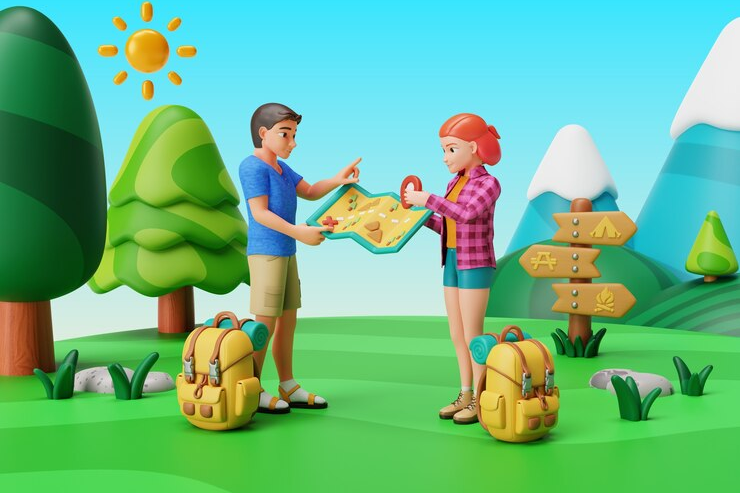In recent years, 3D animation has emerged as a powerful tool not only for entertainment and gaming but also for raising awareness about critical issues such as environmental conservation. Leveraging advanced technologies like Unreal Engine, 3D animation has enabled creators to vividly depict environmental challenges and advocate for sustainable practices. This blog explores how 3D animation services, particularly through platforms like Unreal Engine, contribute to environmental conservation efforts.
Introduction to 3D Animation Services
3D animation services have revolutionized the way we visualize and interact with complex concepts. Unlike traditional media, 3D animation allows for the creation of realistic virtual environments that mimic the real world with astonishing fidelity. Unreal Engine, developed by Epic Games, stands out as a leading platform in this field, renowned for its photorealistic rendering capabilities and real-time interactivity.
The Power of Visual Storytelling in Conservation
Visual storytelling is a cornerstone of effective communication in environmental conservation. By using 3D animation, creators can craft compelling narratives that illustrate environmental issues such as deforestation, climate change, and habitat destruction. These animations bring abstract data and scientific findings to life, making them accessible and engaging to a wide audience.
Case Studies: Applications of 3D Animation in Conservation
1. Simulation of Ecosystem Dynamics:
- 3D animations can simulate the dynamics of ecosystems over time, showing the impact of human activities on biodiversity and natural resources. For example, animations can depict the effects of urbanization on local flora and fauna, helping policymakers and communities understand the consequences of development projects.
2. Educational Tools for Awareness:
- Educational institutions and environmental organizations utilize 3D animations to create interactive learning experiences. These tools explain complex ecological processes, such as the carbon cycle or ocean currents, in a visually engaging manner. By enhancing understanding, they promote informed decision-making and proactive conservation efforts.
3. Virtual Reality (VR) Experiences:
- Integrating 3D animations with VR technology allows users to immerse themselves in virtual environments. Conservationists can use VR simulations to showcase pristine ecosystems or endangered habitats, fostering empathy and motivating individuals to support conservation initiatives.
Collaborative Efforts and Public Engagement
The collaborative nature of 3D animation facilitates partnerships between scientists, policymakers, and artists. These collaborations produce accurate visualizations based on scientific data, ensuring that animations uphold scientific integrity while conveying key conservation messages effectively. Moreover, animations encourage public engagement through social media campaigns, interactive websites, and exhibitions, amplifying the reach and impact of conservation efforts.
Challenges and Future Directions
Despite its benefits, 3D animation for environmental conservation faces challenges such as technical complexity, resource constraints, and the need for ongoing updates to reflect new research findings. Future advancements in real-time rendering, AI-driven animation techniques, and collaborative platforms are poised to enhance the efficacy of 3D animation in addressing global environmental challenges.
Conclusion
In conclusion, 3D animation services, particularly through platforms like Unreal Engine, play a pivotal role in advancing environmental conservation efforts. By harnessing the power of visual storytelling, these animations educate, inspire, and mobilize individuals and communities worldwide to protect our planet’s precious natural resources. As technology continues to evolve, so too will the impact of 3D animation in fostering a sustainable future for generations to come.
This blog has explored how 3D animation, supported by Unreal Engine and similar platforms, contributes to environmental conservation through immersive storytelling and educational outreach. By leveraging these tools, creators and conservationists alike can work together to preserve our planet’s biodiversity and natural beauty.



